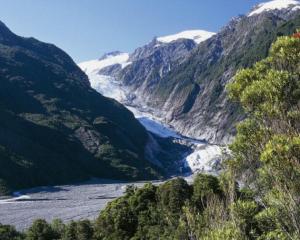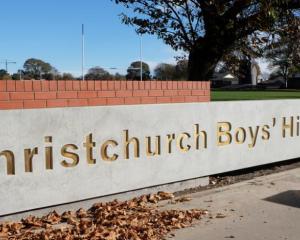
Extended earthquake coverage: Buy tomorrow's print ODT
More than 500 buildings in Christchurch have been damaged after a massive earthquake in Canterbury early yesterday morning, which caused billions of dollars of damage, cut water and power, and triggered large aftershocks.
GNS senior scientist Dr Hamish Campbell told NZPA an earthquake disaster was inevitable in Christchurch.
"My colleagues and I have been saying for a long time that Christchurch, by virtue of the nature of the ground and its proximity to the Alpine fault, is inevitably going to be brought to its knees at some stage," Dr Campbell said.
He believed there would be a lot more awareness now, and lessons would be learnt.
"One brick house may have suffered no damage at all, and yet the one next to it suffered a lot of damage and I suspect that's all to do with the nature of the top metre of ground beneath the house.
"The extent to which seismic energy gets amplified is all about how strong the material is immediately beneath the house.
"For instance, a house might be built on an old river channel and the one next to it isn't. So that can make the difference," he said.
Christchurch was built on a plain comprising gravels, silts and peats, so it was "very unconsolidated". It was also low-lying but had a high water table.
"If you compare that with Wellington, everybody there is living on solid rock. It's a very different situation," Dr Campbell said.
The focus for rebuilding should be on the nature of the ground and the foundations, rather than the building materials, he said.












